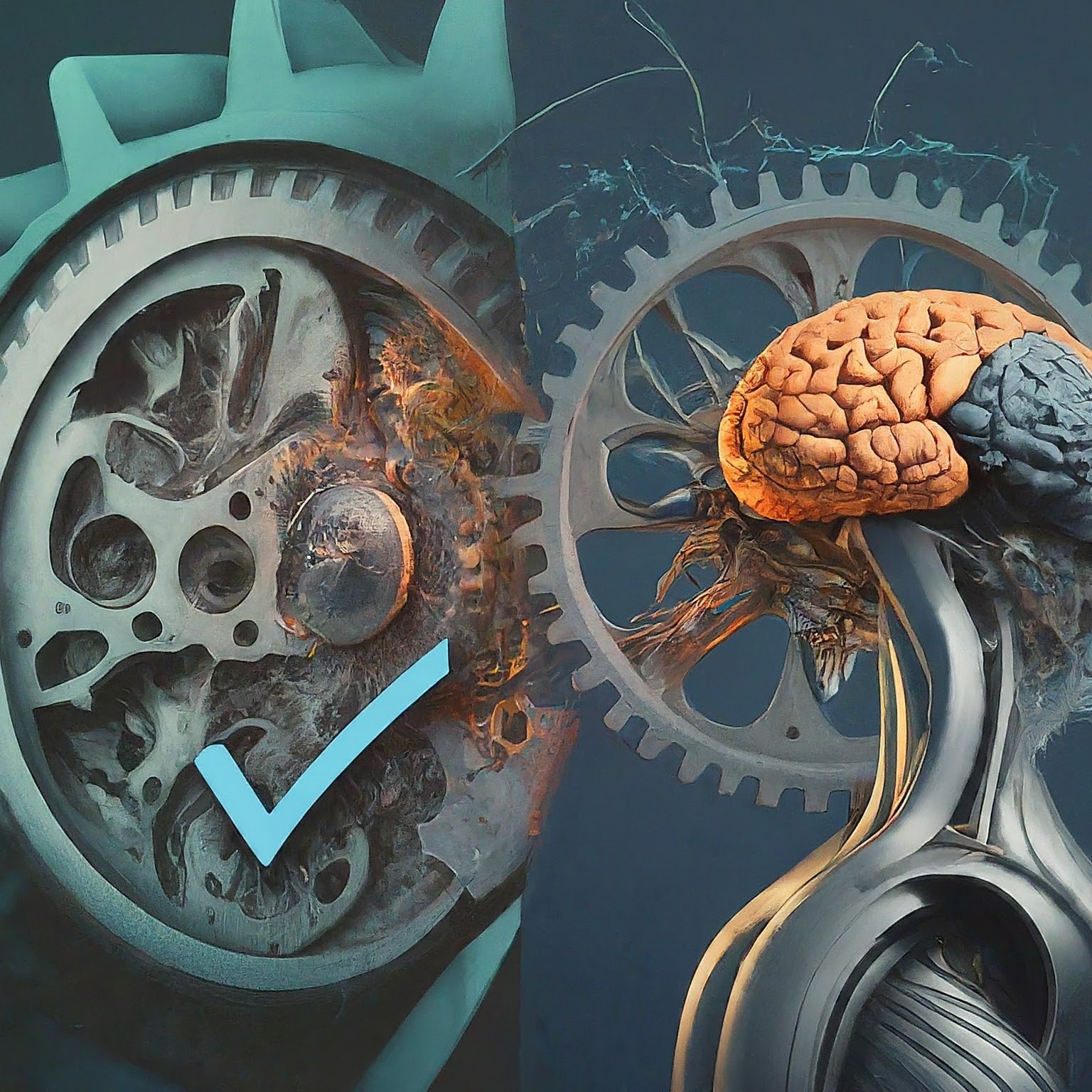April 3, 2024 by akhilendra
Beyond the Buzzword: Demystifying Explainable AI (XAI) for Practical Product Design
Explainable AI (XAI) has become a hot topic in the world of artificial intelligence. But beyond the buzzword, what does XAI truly mean for product designers and developers building AI-powered features? This blog post aims to demystify XAI, explore its practical applications in product design, and equip you with actionable strategies for integrating explainability into your next project.
Why Explainable AI Matters in Product Design
Imagine using an AI-powered recommendation system that suggests a random product you have no interest in. Frustrating, right? Without understanding the rationale behind the recommendation, users are left in the dark and may lose trust in the product. This is where XAI comes in.
XAI is the ability to understand the inner workings of an AI model. It allows us to interpret how a model arrives at its decisions, moving beyond a simple "black box" approach. Here's why XAI is crucial for product design:
- Enhanced User Trust and Transparency: When users can comprehend the reasoning behind AI-driven recommendations or actions, they are more likely to trust and accept the product's functionality.
- Improved User Experience: Explainability allows designers to identify potential biases or errors within the model, leading to a more user-centric and fair product experience.
- Iterative Development and Improvement: By understanding how the model interprets data, product teams can refine the AI algorithms and optimize their performance for specific user needs.
Challenges of Implementing XAI
While the benefits of XAI are clear, incorporating explainability into product design presents its own set of challenges:
- Balancing Explainability and Performance: Sometimes, creating highly accurate AI models can come at the cost of explainability. Finding the right balance between the two is critical.
- Technical Complexity: Implementing XAI techniques can involve complex algorithms and data visualization methods, requiring collaboration between data scientists and product designers.
- Communicating Complexity Clearly: The explanations generated by XAI models might be technical in nature. Translating this information into clear and concise language for users is essential.
Strategies for Integrating XAI into Product Design
Despite the challenges, there are practical strategies you can adopt to integrate XAI into your product design process:
- Choose the Right XAI Technique: Different XAI techniques are suited for various types of AI models. Explore methods like feature attribution, decision trees, and rule extraction to understand your specific model's behavior.
- Focus on User-Centric Explanations: Don't overwhelm users with technical jargon. Tailor your explanations to the user's level of understanding and the specific context of the AI feature.
- Provide Interactive Explanations: Go beyond static text explanations. Consider interactive visualizations or dashboards that allow users to explore the reasoning behind AI outputs in more detail.
- Integrate Explainability Throughout the Design Process: Don't treat XAI as an afterthought. Build explainability considerations into the design process from the very beginning.
Explainable AI is not just a buzzword; it's a critical aspect of responsible and user-centric AI product design. As you embark on your next AI-powered project, consider these XAI principles:
- Identify how explainability can enhance your product's value proposition.
- Research different XAI techniques and choose the ones best suited for your model.
- Start prototyping and user testing early to ensure your explanations are clear and actionable.
By demystifying XAI and integrating it effectively, you can build AI products that users can trust, understand, and interact with in a meaningful way. Let's continue the conversation! Share your thoughts and experiences with XAI in the comments below.


Leave a Reply